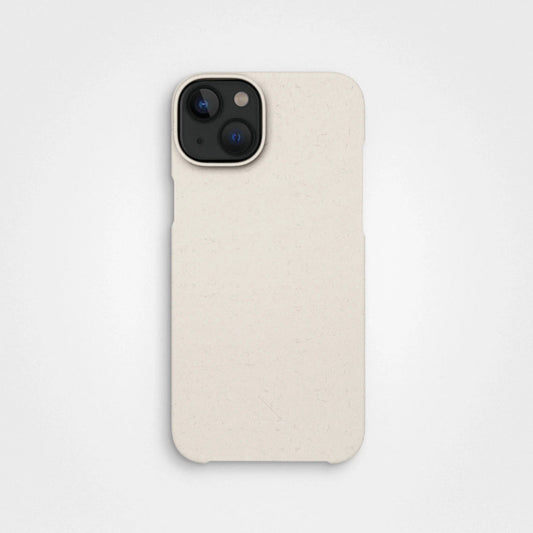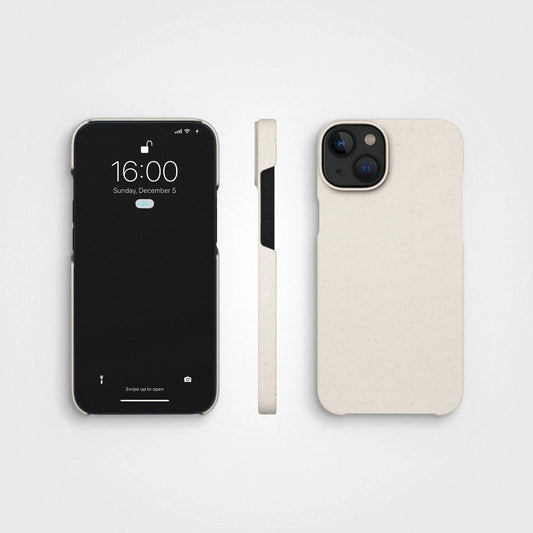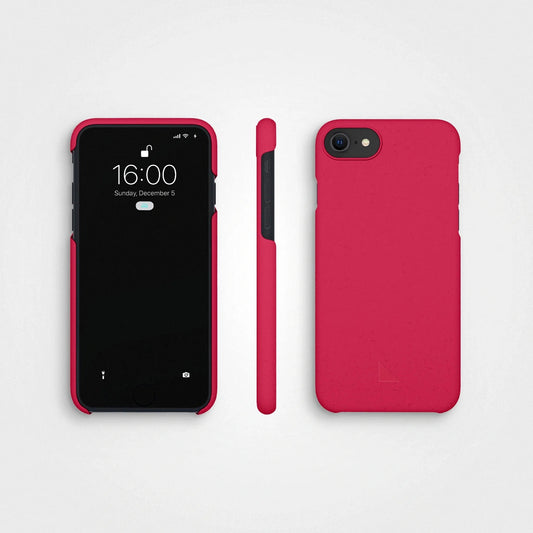Plastic straws have been under heavy public scrutiny lately, because of their perceived connection to the huge amount of plastic and other refuse, floating around as huge garbage patches in all our major oceans. While plastic straws can, in theory, be recycled, many of them are not properly disposed of and turn up in nature, where they can cause a lot of damage, during a long time.
Here, we present you with 4 eco-friendly straws that are as good, or better as plastic, perfect for enjoying a plastic-free picnic.
Quick links
-
Bamboo straws
-
Wheat straws
-
Metal straws
-
Glass straws
-
Paper straws
-
Where can I buy eco-friendly straws?
Bamboo straws
Bamboo is an almost perfect material for making eco-friendly straws. Bamboo has many properties that are advantageous. Bamboo is a durable, waterproof material and the straws can be used and reused many times.


Also, bamboo has great antibacterial properties and it doesn’t get stained or discolored very easily by food products. Therefore, a set of bamboo straws is perfect to buy and keep at home for the occasions when you need a straw. Besides helping the planet, bamboo's rapid growth makes it a highly sustainable choice, which means we don't use up too many of nature's resources. Plus, bamboo straws look nice and fancy in drinks, making the whole sipping experience cooler.
Wheat straws
Wheat straws are another refreshingly sustainable alternative to plastic straws. Made from the stalks of wheat plants that are typically discarded after harvest, wheat straws provide a creative solution to reduce plastic waste. They possess the sturdiness required for enjoying everything from smoothies to sodas, yet their magic lies in what happens after you're done. Unlike plastic straws that can take centuries to break down, wheat straws are biodegradable, returning to the Earth in a matter of weeks. So, after the use, they just go back to the Earth without causing any harm, reducing the long-lasting impact of plastic pollution.


Metal straws
It’s debatable if metal is really a good material for eco-friendly straws. Their manufacturing uses huge amounts of energy, compared to disposable straws made of plastic or paper, so a metal straw will have to be put to use many thousands of times before being the eco-friendly straw that you really want. That said, a metal straw, made of stainless steel, is very durable and will last for generations if properly handled. You could easily buy a metal straw today and have your grandchildren use it in a hundred years, provided that you wash it properly and don’t lose it.
This longevity significantly outweighs the impact of its production, making it a sustainable choice in the long run. Also, the aesthetic appeal of metal straws and their resistance to rust and deterioration further contribute to their popularity among environmentally conscious consumers.

Glass straws
Glass is a good material for reusable eco-friendly straws, but just as metal straws you will really have to put them to use for it to be a gain, compared to paper or plastic straws, because of the great amount of energy used when manufacturing glass. Modern glass straws, made out of Pyrex or similar glass, are very tough and can withstand an incredible amount of abuse without breaking. Also, it’s easy to see if they’ve been properly cleaned, which is an advantage compared to metal. Glass straws provide a unique drinking experience, as the smooth surface of glass doesn't interfere with the flavors of your beverage, allowing you to enjoy every sip to the fullest. Their vibrant transparency can also be a visual delight, adding a dash of sophistication to your drinks.

What about paper straws?
In comparison to wheat straws, bamboo straws, metal straws, and glass straws, paper straws might be slightly less sustainable due to their potential challenges in recycling and composting, as well as concerns about their durability compared to other materials. However, they are still a valuable step towards reducing plastic waste.
Paper has quickly sprung up as an alternative material to meet the demand for disposable, eco-friendly straws. Paper has several advantages to plastic in that it is biodegradable. Left to its own devices, a paper straw will break down in 6 months, in salt water. If properly composted, paper straws break down in just two months. Paper straws cannot be recycled as paper, however, because paper recyclers generally do not accept food residue. Also, it’s probably a bit optimistic to believe that they will be composted at a large scale. Probably, a lot of paper straws will end up in landfills.

How does plastic straws affect earth?
In theory, plastic is the perfect material for eco-friendly straws. However, this requires that they are properly disposed of and recycled, to a high degree, so that they don’t end up in nature. Plastic straws left in landfills or in nature will break down by exposure to sunlight, but they will not break down completely. Instead, they end up as microplastics, i.e. microscopic plastic particles that are spreading everywhere, causing great harm.
Are eco-friendly alternatives as good?
Are eco-friendly straws made of alternative materials good? It depends on what you mean by good. Paper straws, for example, are less harmful to the environment, if left in nature, but they are three times as expensive and not really waterproof and will disintegrate easier by use. Eco-friendly straws made out of bamboo, metal or glass are even more expensive, but very durable and can be reused hundreds or thousands of times if they are properly cleaned.
Where can I buy eco-friendly straws?
You can easily buy eco-friendly straws, from a growing number of online and traditional brick and mortar stores, selling kitchen equipment. Eco-friendly straws have finally taken the step from obscure niche products to mainstream, and are available more or less everywhere. Many eco-conscious cafes and restaurants now offer these straws as an alternative to plastic ones, contributing to the wider adoption of sustainable choices.

Our final thoughts
Plastic straws and other plastic items ending up in nature is a growing problem, causing great concern all over the world. According to us, this is the main driver behind looking for alternatives to plastic straws. Manufacturing of plastic straws in itself does not cause great harm to the environment and the fact that polypropylene, that the straws are made of, is 100 per cent recyclable would make it a perfectly eco-friendly product if it weren’t for the problems with microplastics in nature.
Today, there are many good eco-friendly straws made out of other materials than plastic. Even if you never throw plastic straws in nature you should consider switching to an alternative. Plastic garbage in nature is a global problem and only by supporting the alternatives can we help them drop in price and spread to all parts of the world. By choosing reusable alternatives to single-use plastics, we're taking a step forward in the right direction, showing our commitment to preserving the beauty of our environment and ensuring a greener tomorrow for everyone.





























